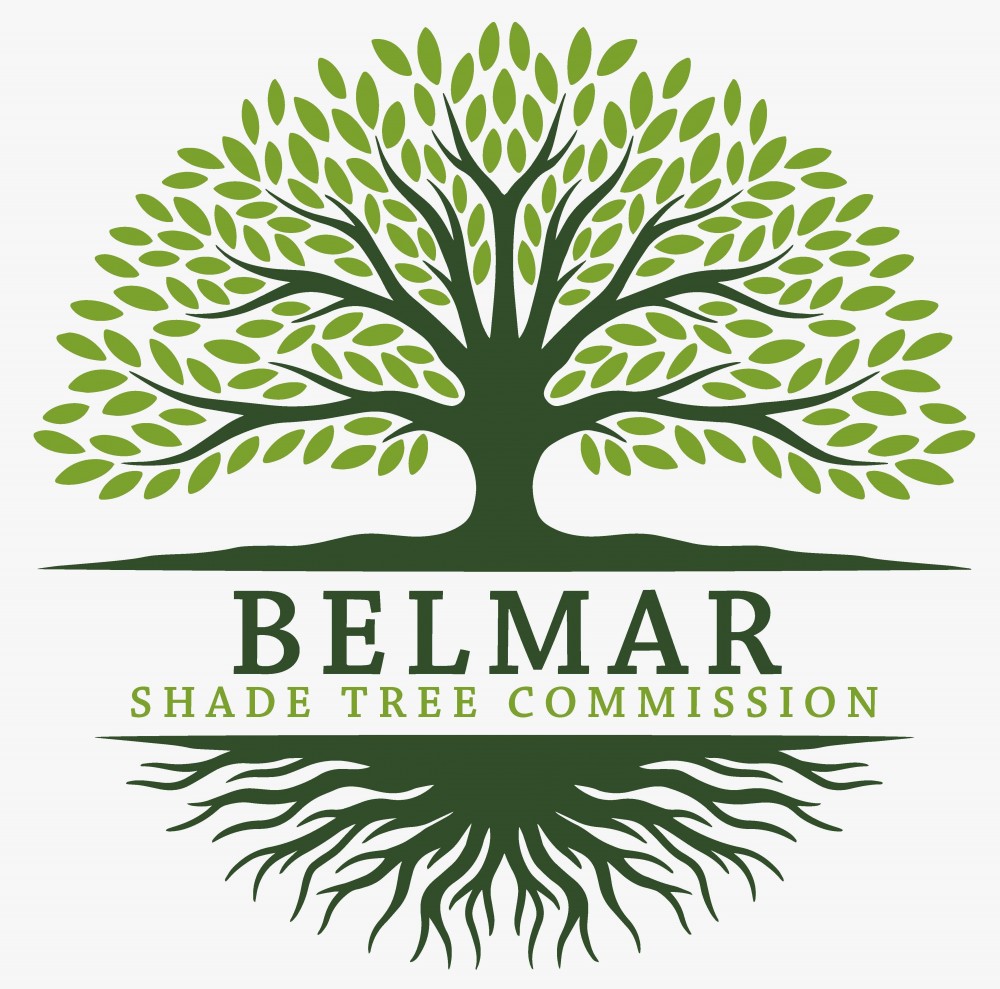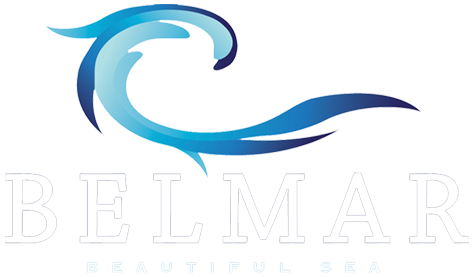Shade Tree Commission
 |
||||||||
Our MissionThe Belmar Shade Tree Commission works to promote and provide to the Belmar community guidance for sustainable, healthy, safe trees and shrubbery, to facilitate and maintain safe corridors along roadways and facilities throughout the Borough of Belmar and educate and influence proper tree care and stewardship in the Borough of Belmar. The Belmar Shade Tree Commission has the distinction of being a Tree City USA community.
|
||||||||
|
|
||||||||
For more specific information, click on the appropriate icon below |
||||||||
|
|
||||||||
|
|
||||||||
Shade Tree Commission News, Events, Hints and Tips!The Belmar Shade Tree Commission wishes to notify Belmar residents that in the near future we will be conducting a hazardous tree stump survey. The survey is intended to identify tree stumps located within the planting strip that pose a hazard to the public. Tree stumps identified as hazardous as a result of the survey should be removed by the responsible property owner. Any inquiries relevant to the hazardous tree stump survey should be directed to the Belmar Shade Tree Commission email: shadetree@belmar.com
|
||||||||
|
|
||||||||
|
Contact Us at: Shadetree@belmar.com Committee Members:
Shade Tree Commission Meetings: Every Second Thursday of the Month 6:30 PM at the Belmar Municipal Courtroom, 601 Main St Meetings are held in-person and are open to the public
|




